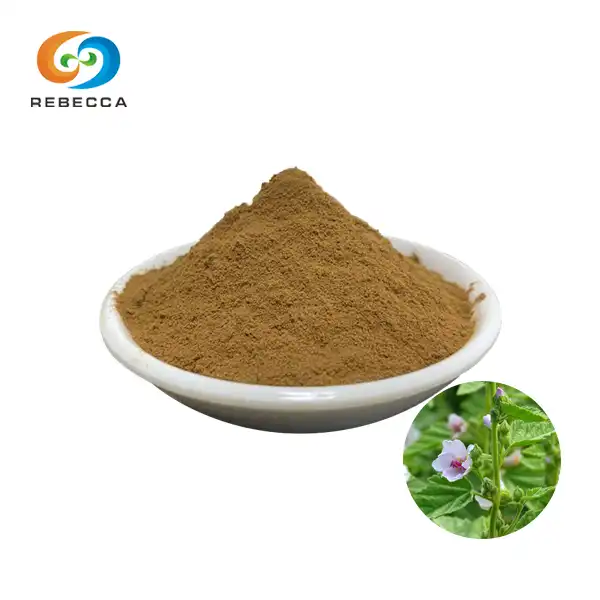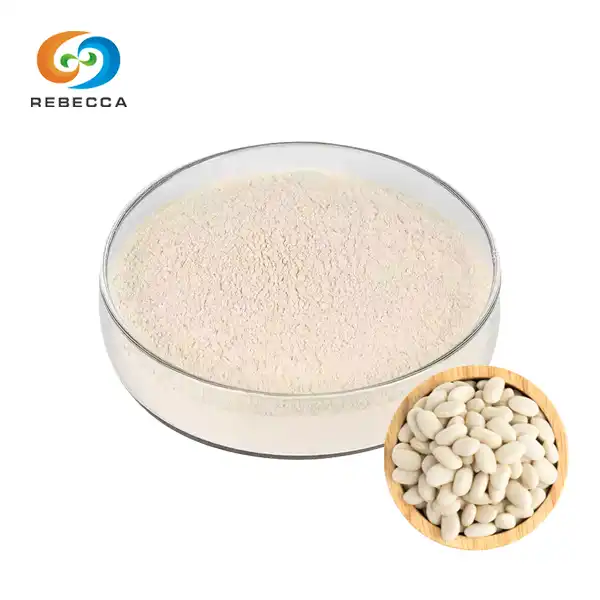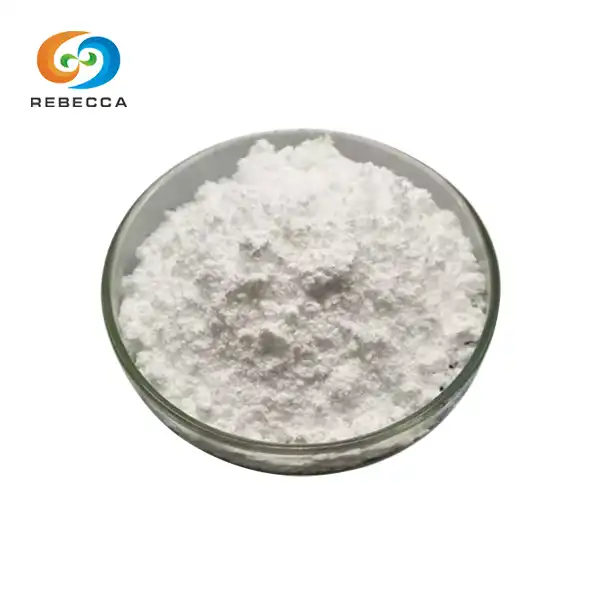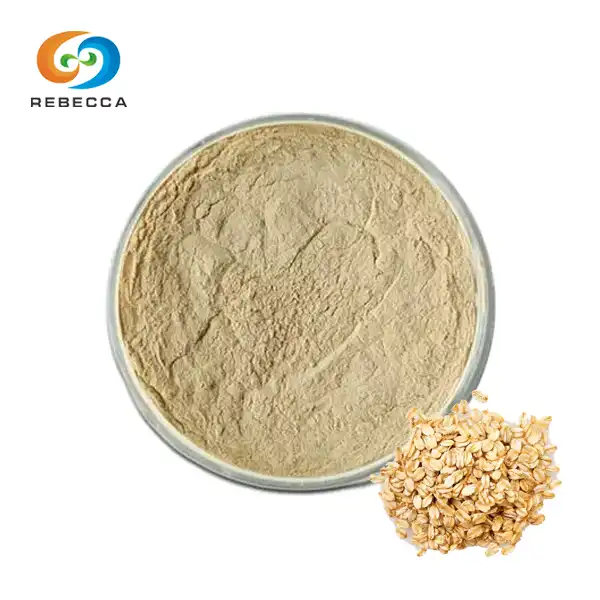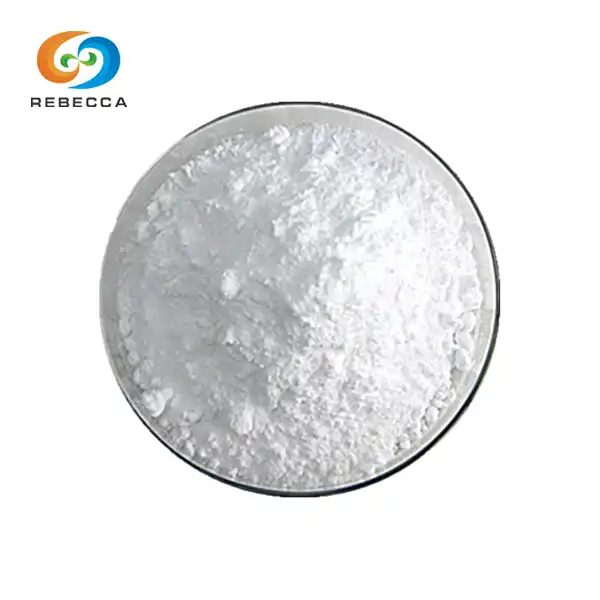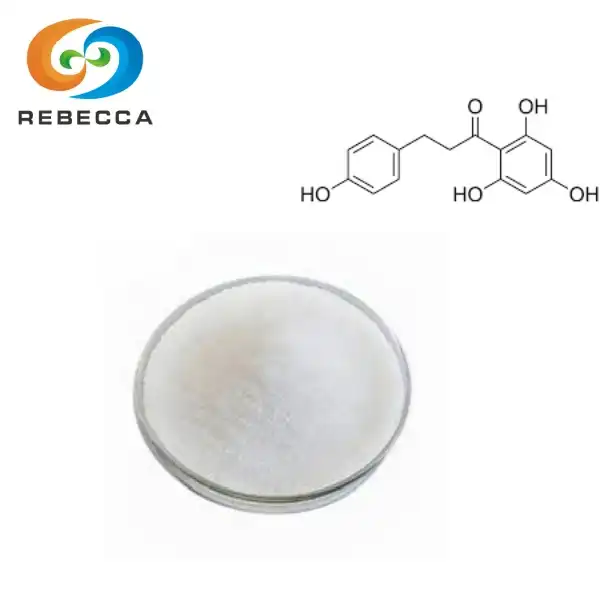The Mechanism of Action of Gastrodin in the Body
Gastrodin, the primary bioactive compound extracted from the rhizome of Gastrodia elata, has garnered significant attention in the scientific community for its diverse therapeutic potential. This natural phenolic glycoside, derived from the gastrodia root extract, exhibits a complex mechanism of action within the human body.
Neuroprotective Mechanisms
Antioxidant Properties
One of the primary neuroprotective mechanisms of gastrodin involves its potent antioxidant properties. The compound derived from Gastrodia elata Extract has demonstrated a remarkable ability to scavenge free radicals and reduce oxidative stress in neural tissues. This antioxidative action is particularly crucial in protecting neurons from damage caused by reactive oxygen species (ROS) and other harmful oxidants. Research has shown that gastrodia root extract can enhance the activity of endogenous antioxidant enzymes such as superoxide dismutase (SOD) and catalase, further bolstering the body's defense against oxidative damage. By mitigating oxidative stress, gastrodin helps maintain the integrity of neuronal membranes and cellular structures, thereby preserving overall brain health and function.
Gastrodin's neuroprotective effects extend beyond its antioxidant and anti-inflammatory properties. The compound has been shown to provide neurotrophic support, promoting the growth, survival, and differentiation of neurons. Research indicates that gastrodia elata extract can increase the expression of brain-derived neurotrophic factor (BDNF), a crucial protein involved in neuronal plasticity and survival. This upregulation of BDNF not only supports existing neurons but also encourages the formation of new neural connections, a process known as neurogenesis. Furthermore, gastrodin has been found to enhance the expression of other neurotrophic factors, such as nerve growth factor (NGF) and glial cell line-derived neurotrophic factor (GDNF). These actions collectively contribute to improved neuronal resilience and cognitive function, highlighting the potential of Gastrodia Root Extract in supporting brain health and potentially addressing neurodegenerative conditions.

Enhancement of Cerebral Blood Flow
Regulation of Cerebrovascular Tone
Gastrodin's influence on cerebral blood flow extends beyond simple vasodilation. The compound derived from Gastrodia elata Extract has been found to play a significant role in regulating cerebrovascular tone, the baseline level of constriction experienced by blood vessels in the brain. Research has demonstrated that gastrodia root extract can modulate the activity of various ion channels and receptors involved in maintaining vascular tone, including voltage-gated calcium channels and potassium channels. By meticulously adjusting the equilibrium between vasoconstriction and vasodilation, it assists in preserving ideal cerebral blood circulation under diverse physiological circumstances. This regulatory influence is especially crucial during instances of cerebral autoregulation, when the brain must recalibrate blood flow in reaction to fluctuations in systemic blood pressure or metabolic requirements.
Angiogenic Properties
Another fascinating aspect of its impact on cerebral blood flow is its potential angiogenic properties. Angiogenesis, the formation of new blood vessels, is a critical process in maintaining and improving cerebral circulation. Studies have suggested that gastrodia root extract may promote the growth of new capillaries in the brain, potentially increasing the density of the cerebral vascular network. This angiogenic effect is thought to be mediated through the upregulation of vascular endothelial growth factor (VEGF) and other angiogenic factors. Encouraging the formation of new blood vessels, it may boost the overall ability for cerebral blood circulation, especially in regions of the brain that could have faced diminished perfusion due to aging or disease-related conditions. This ability of Gastrodia Root Extract to promote angiogenesis presents opportunities for its application in enhancing cerebrovascular wellness and possibly assisting in the recuperation from ischemic incidents.

Regulation of Ion Channels
Modulation of Voltage-Gated Calcium Channels
One of the vital ways in which gastrodia root extract influences ion channels is through its adjustment of voltage-gated calcium channels (VGCCs). These channels are essential in neuronal excitability and neurotransmitter secretion. Studies have indicated that gastrodin can suppress the functionality of specific types of VGCCs, notably L-type and N-type calcium channels. This suppressive effect aids in governing calcium influx into neurons, which is crucial for sustaining appropriate neuronal operations and averting excitotoxicity. By fine-tuning calcium signaling, gastrodin sourced from Gastrodia elata Extract can affect various calcium-dependent mechanisms, such as neurotransmitter secretion, synaptic adaptability, and gene regulation. This modulation of calcium channels enhances its neuroprotective properties and its potential in addressing conditions characterized by neuronal hyperexcitability, such as epilepsy and neuropathic pain.
Influence on Potassium Channels
Its regulatory effects on ion channels extend to potassium channels, which are crucial for maintaining neuronal resting potential and shaping action potentials. Studies have indicated that gastrodia elata extract can activate certain types of potassium channels, particularly large-conductance calcium-activated potassium (BK) channels. The activation of these channels leads to increased potassium efflux from neurons, which can help repolarize the cell membrane and reduce neuronal excitability. This effect is particularly important in situations of neuronal hyperexcitability or during ischemic events when potassium accumulation in the extracellular space can exacerbate neuronal damage. By promoting the activity of potassium channels, gastrodin helps maintain proper neuronal firing patterns and contributes to its overall neuroprotective profile. The compound's influence on potassium channel function also has implications for its potential use in managing disorders characterized by abnormal neuronal excitability.
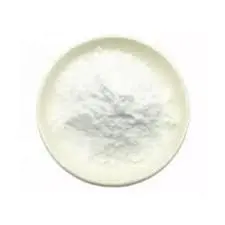
Effects on Ligand-Gated Ion Channels
In addition to its effects on voltage-gated channels, gastrodin has been found to modulate various ligand-gated ion channels, which are critical for neurotransmission. One notable example is its interaction with gamma-aminobutyric acid (GABA) receptors, the primary inhibitory neurotransmitter system in the brain. Research suggests that gastrodia root extract can enhance GABA-ergic transmission, potentially by increasing the affinity of GABA for its receptors or by modulating the function of GABA transporters. This enhancement of inhibitory neurotransmission contributes to its anxiolytic and anticonvulsant properties. Furthermore, studies have indicated that Gastrodia Root Extract may also influence other ligand-gated channels, such as glutamate receptors, although these effects are less well-characterized. By modulating the function of these crucial neurotransmitter receptors, gastrodin can influence synaptic transmission and neuronal excitability, contributing to its diverse neurological effects and therapeutic potential in various neurological disorders.
Seize the moment to obtain premium Gastrodin 99% straight from the origin. Don’t overlook the chance to elevate your product range with our exceptional selections. Contact us right away at information@sxrebecca.com for further information. We look forward to exploring how we can fulfill your requirements.
References:
- Liu, Y., Gao, J., Peng, M., Meng, H., Ma, H., Cai, P., ... & Xu, Z. (2018). A review on central nervous system effects of gastrodin. Frontiers in pharmacology, 9, 24.
- Kumar, H., Kim, I. S., More, S. V., Kim, B. W., & Choi, D. K. (2014). Natural product-derived pharmacological modulators of Nrf2/ARE pathway for chronic diseases. Natural product reports, 31(1), 109-139.
- Zhan, H. D., Zhou, H. Y., Sui, Y. P., Du, X. L., Wang, W. H., Dai, L., ... & Zhao, H. L. (2016). The rhizome of Gastrodia elata Blume–An ethnopharmacological review. Journal of ethnopharmacology, 189, 361-385.


